Introduction: Unlocking the Russian Ceramics Market
The Russian ceramics market is a dynamic and growing industry, driven by a booming construction sector and increasing demand for high-quality, durable, and aesthetically pleasing ceramic products. With a market value reaching significant growth in recent years, Russia presents a lucrative opportunity for ceramic exporters worldwide. Whether you’re a manufacturer of porcelain tiles, decorative pottery, or sanitary ceramics, understanding the nuances of exporting to Russia can set your business up for success. This comprehensive guide explores the strategies, regulations, and market insights needed to thrive in Russia’s ceramics industry in 2025. From navigating trade restrictions to optimizing your marketing for Russian consumers, we’ll cover everything you need to know to make your ceramic exports a success.
Why Export Ceramics to Russia?
A Growing Market for Ceramics
Russia’s ceramics market is thriving, fueled by a robust construction industry and increasing consumer demand for home decor and infrastructure projects. In 2021, the Russian ceramic tile market alone grew by 13%, with approximately 198 million square meters of tiles sold in 2018, showcasing steady growth. This growth is driven by economic recovery, urbanization, and government-backed infrastructure projects, making Russia an attractive destination for ceramic exporters.
High Demand for Quality and Variety
Russian consumers value quality, durability, and aesthetic appeal in ceramics. From traditional Gzhel pottery to modern vitrified tiles, the market caters to diverse preferences. International exporters, particularly from countries like India, Spain, and Italy, have capitalized on this demand by offering high-quality products at competitive prices. For instance, India has seen a 106.9% CAGR in ceramic tile exports to Russia from 2012 to 2021, highlighting the market’s potential.
Strategic Location and Trade Relationships
Russia’s proximity to neighboring countries like Kazakhstan, Belarus, and Latvia facilitates cost-efficient exports, with 48% of Russian ceramic tile exports going to Kazakhstan alone. For exporters, this strategic location means lower transportation costs and access to a broader regional market, making Russia a gateway to the Commonwealth of Independent States (CIS).
Understanding the Russian Ceramics Market
Key Market Trends in 2025
The Russian ceramics market is evolving rapidly. According to industry insights from MosBuild 2020, the ceramics sector is one of the most promising at trade exhibitions, attracting over 22,360 professionals in 2019. Key trends include:
Sustainability: Russian consumers are increasingly interested in eco-friendly ceramics made with sustainable materials.
Modern Designs: Minimalist and geometric designs, inspired by global trends, are gaining popularity.
Technological Advancements: Russian manufacturers are adopting imported equipment to produce high-quality ceramics, creating opportunities for exporters to supply raw materials or finished products.
Consumer Preferences and Cultural Influences
Russian ceramics have a rich history, from the blue-and-white Gzhel pottery to revolutionary designs of the Soviet era. Today, consumers blend traditional aesthetics with modern functionality. For example, Gzhel-inspired designs remain popular for decorative items, while urban consumers prefer sleek, durable tiles for residential and commercial spaces. Understanding these preferences is crucial for tailoring your product offerings to the Russian market.
Major Competitors in the Market
The Russian ceramics market is competitive, with both local and international players. Major Russian manufacturers like Unitile, Cersanit, and Italon dominate the market, while international brands from Italy (e.g., Confindustria Ceramica) and Spain (e.g., Tile of Spain) hold significant shares. To stand out, exporters must focus on unique designs, competitive pricing, and strong branding.
Navigating Export Regulations and Trade Restrictions

EU Sanctions and Trade Compliance
Exporting ceramics to Russia in 2025 requires careful navigation of international trade regulations, particularly due to EU sanctions. Amendments to EU Regulation No. 833/2014, effective March 20, 2024, mandate that exporters include a clause in contracts prohibiting re-export to Russia for certain goods. To ensure compliance:
Consult with legal experts to understand restricted product categories.
Include mandatory clauses in your contracts to avoid penalties.
Stay updated on evolving sanctions to mitigate risks.
Customs and Tariffs
Russia imposes customs duties on ceramic imports, which vary based on product type and country of origin. For instance, tiles from India, Spain, and Italy face competitive tariffs due to established trade relationships. To streamline the process:
Work with a customs broker familiar with Russian regulations.
Ensure proper documentation, including certificates of origin and quality.
Leverage trade agreements, such as those within the CIS, to reduce tariffs.
Certifications and Standards
Russian consumers and regulators prioritize quality. Exporters must comply with GOST standards (Russian quality certifications) for ceramics, ensuring products meet safety and durability requirements. Additionally, certifications for eco-friendly or sustainable materials can enhance your product’s appeal.
Optimizing Your Export Strategy
Conducting Market Research
Before entering the Russian market, conduct thorough research to identify:
Target Audience: Are you targeting residential consumers, architects, or construction firms?
Regional Preferences: Moscow and St. Petersburg have higher demand for premium ceramics, while regional markets prefer cost-effective options.
Competitor Analysis: Study competitors’ pricing, designs, and marketing strategies to identify gaps.
Tools like Google Trends and Yandex Metrica can help you analyze search trends and consumer behavior in Russia.
Building a Strong Supply Chain
A reliable supply chain is critical for successful exports. Key considerations include:
Logistics: Partner with shipping companies experienced in Russia-bound routes to minimize costs and delays.
Local Distributors: Collaborate with Russian distributors like Mosplitka or Keramin to expand your reach.
Inventory Management: Maintain a buffer stock to handle demand fluctuations, especially during peak construction seasons.
Pricing Competitively
Russian consumers are price-sensitive, but they also value quality. To compete with established players like India and Spain, offer a range of products at different price points. For example, high-end porcelain tiles can target luxury markets, while affordable vitrified tiles appeal to mass consumers.
Marketing and Branding in Russia
Participating in Trade Shows
Trade exhibitions like MosBuild are ideal for showcasing your ceramics. In 2020, MosBuild’s ceramics sector grew to 10,000 square meters, with over 70 companies participating. Benefits include:
Networking with distributors, architects, and designers.
Showcasing new collections to a targeted audience.
Understanding competitor trends and market demands.
Building a Local Brand Presence
To build trust with Russian consumers:
Create a Russian Website: Offer a fully localized website in Russian, with Cyrillic URLs and customer support in the local language.
Partner with Influencers: Collaborate with Russian interior designers or bloggers to promote your ceramics on social media.
Highlight Cultural Connections: Emphasize designs inspired by Russian traditions, like Gzhel patterns, to resonate with local audiences.
Leveraging E-Commerce Platforms
E-commerce is booming in Russia, with 47% of the population shopping online in 2018, up from 37% in 2015. Platforms like Ozon and Wildberries are popular for home decor products. List your ceramics on these platforms to reach a broader audience, ensuring product descriptions are SEO-optimized with keywords like “Russian ceramic tiles” or “porcelain decor.”
Challenges and How to Overcome Them
Language and Cultural Barriers
The Russian language and cultural nuances can be challenging for exporters. To overcome this:
Hire native Russian copywriters to create authentic marketing content.
Study Russian consumer behavior to tailor your messaging.
Offer customer support in Russian to build trust.
Logistics and Supply Chain Issues
Delays in shipping or customs clearance can disrupt your supply chain. Mitigate risks by:
Partnering with experienced logistics providers.
Using real-time tracking systems to monitor shipments.
Maintaining clear communication with Russian partners.
Economic and Political Risks
Russia’s economic and political landscape can be unpredictable. Stay informed about sanctions, currency fluctuations, and market trends. Work with local consultants to navigate these challenges effectively.
Case Studies: Successful Ceramic Exports to Russia
India’s Rise in the Russian Market
India has become a leading supplier of ceramic tiles to Russia, with a 106.9% CAGR in exports from 2012 to 2021. Indian exporters succeed by offering competitive prices, high-quality products, and designs tailored to Russian preferences. For example, partnering with trade shows like MosBuild has helped Indian brands gain visibility.
Spanish and Italian Dominance
Spain and Italy dominate the high-end ceramic market in Russia, leveraging their reputation for quality and design. Their success stems from strong branding, participation in industry events, and localized marketing strategies.

Conclusion: Seizing Opportunities in Russia’s Ceramics Market
Exporting ceramics to Russia in 2025 offers immense potential for businesses willing to navigate its unique challenges.
By understanding market trends, complying with trade regulations, and leveraging SEO and localized marketing, exporters can tap into a growing and diverse market. Whether you’re offering premium porcelain tiles or traditional decorative ceramics, a strategic approach—combining thorough research, competitive pricing, and cultural sensitivity—will position your brand for success. Start by optimizing your online presence for Yandex and Google, participating in trade shows like MosBuild, and building strong local partnerships. With the right strategies, your ceramics can become a staple in Russian homes and construction projects, driving long-term growth and profitability.
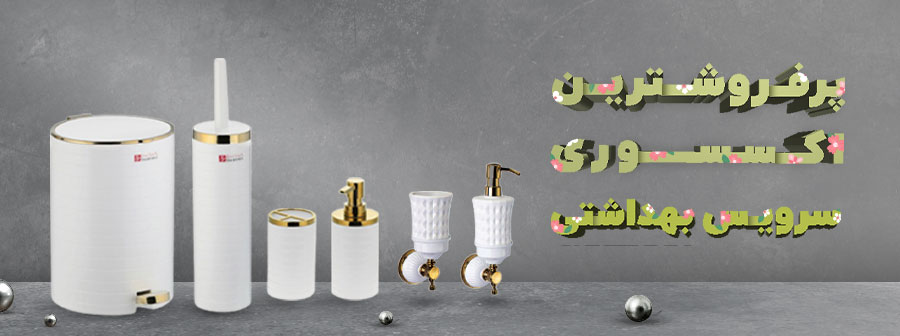

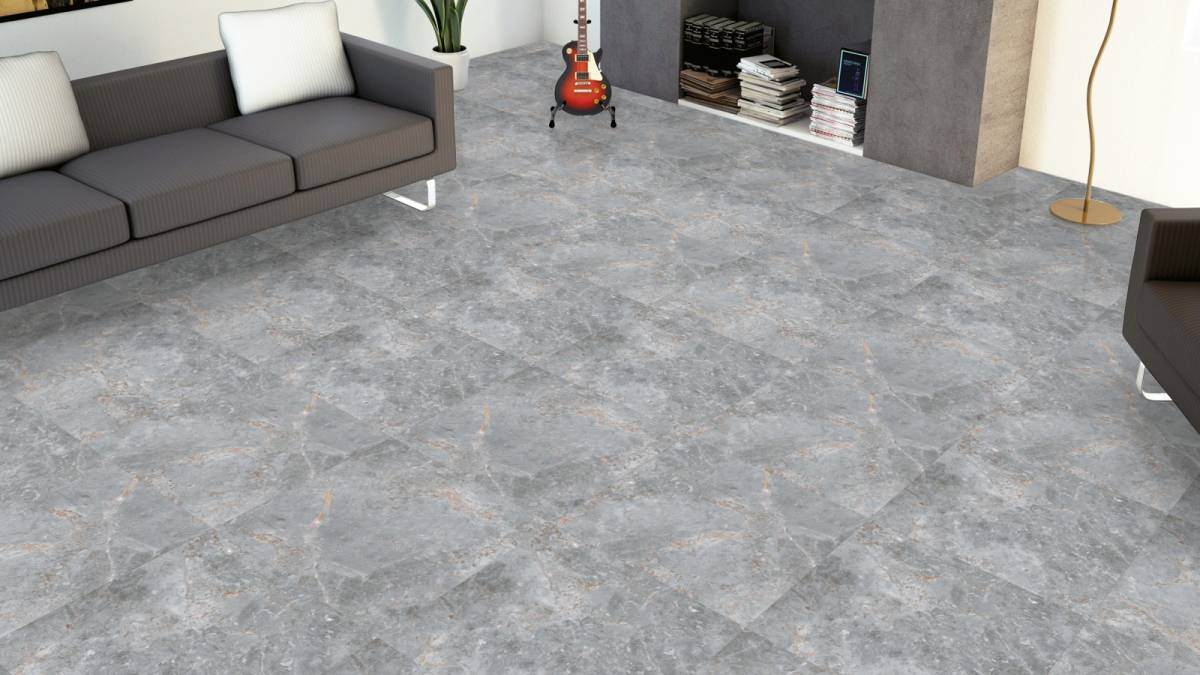
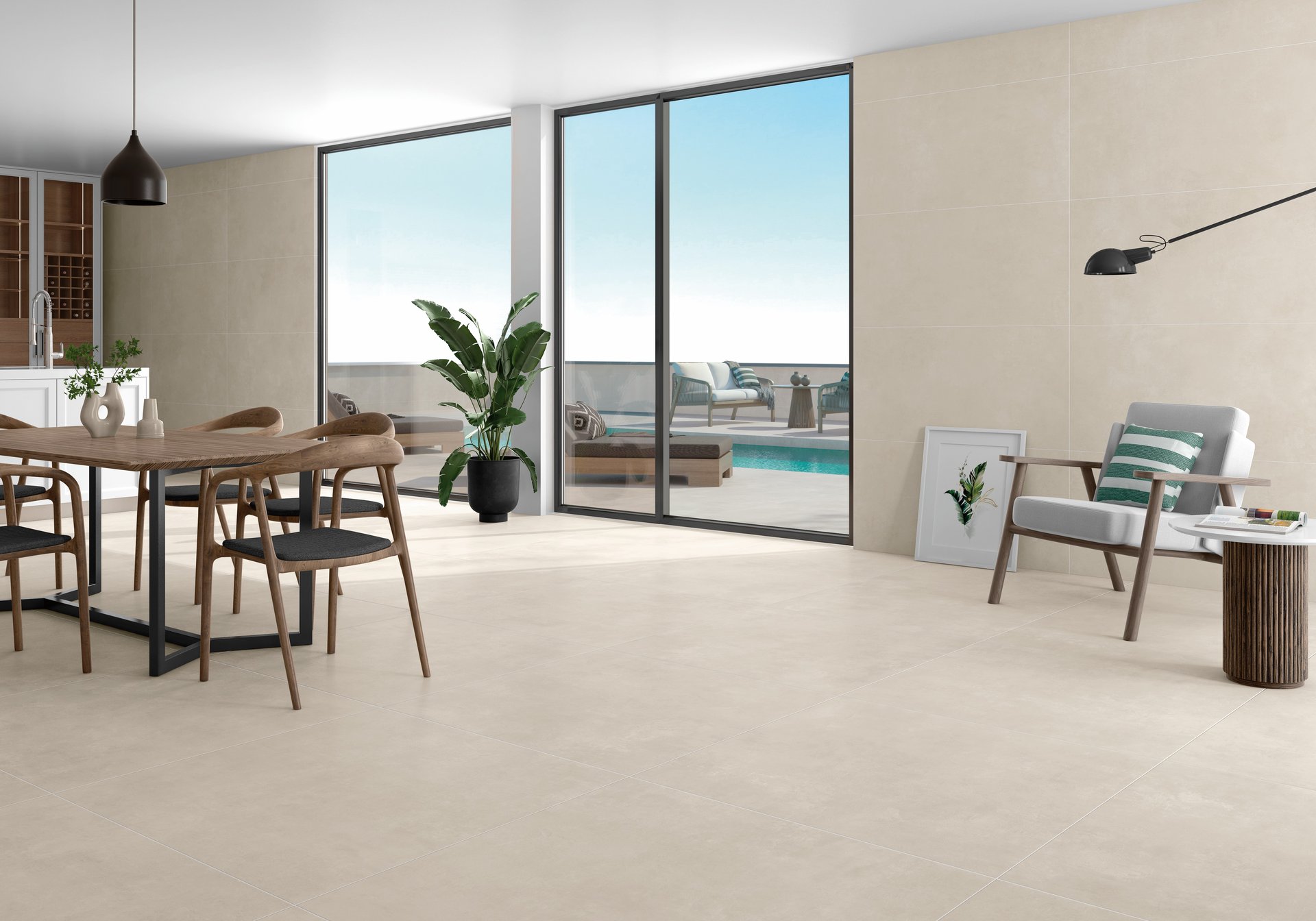

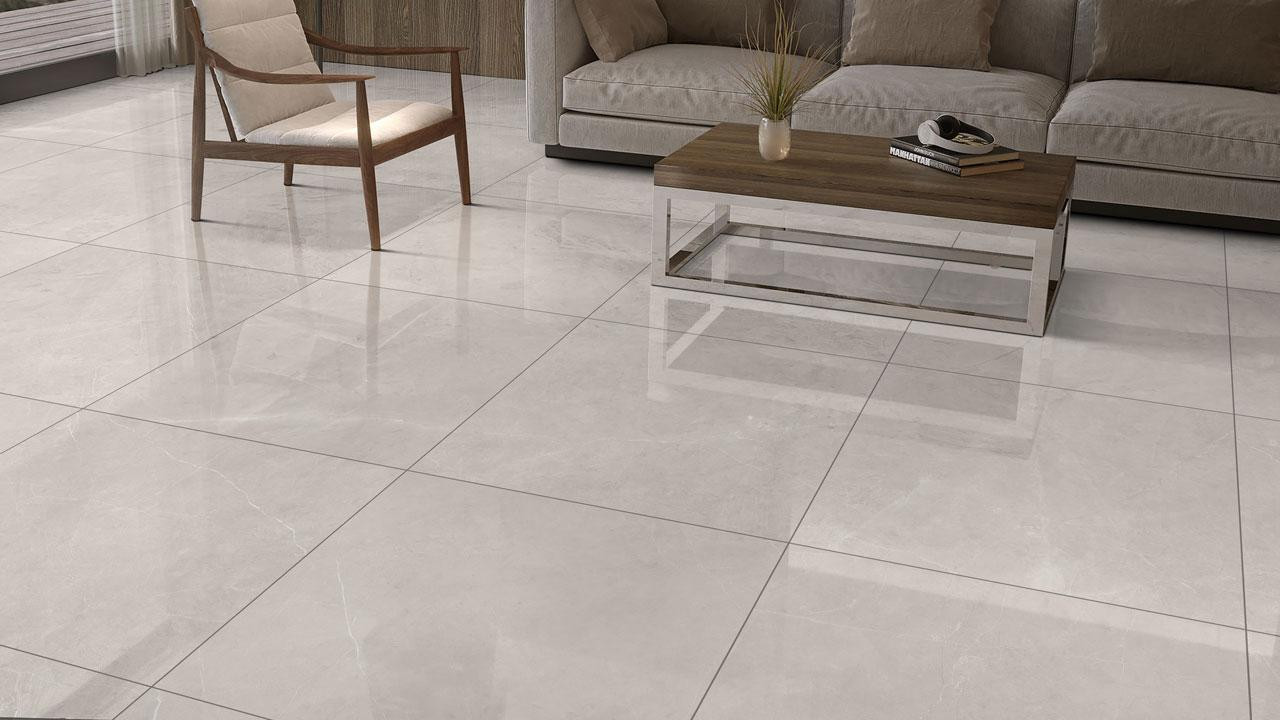
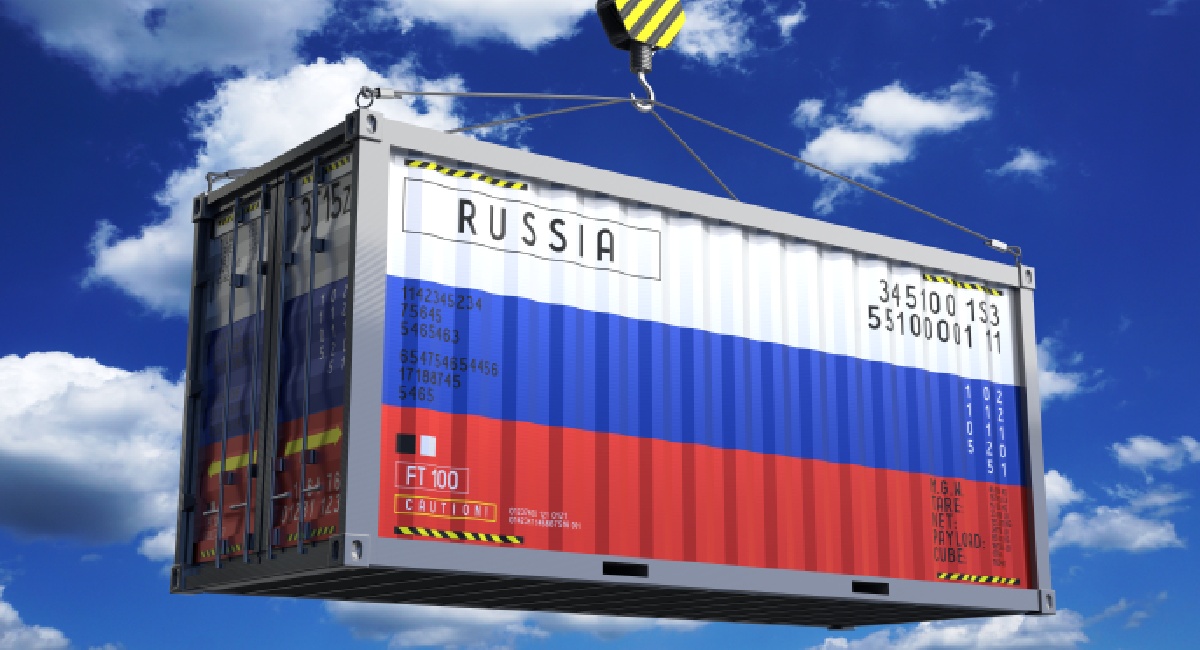
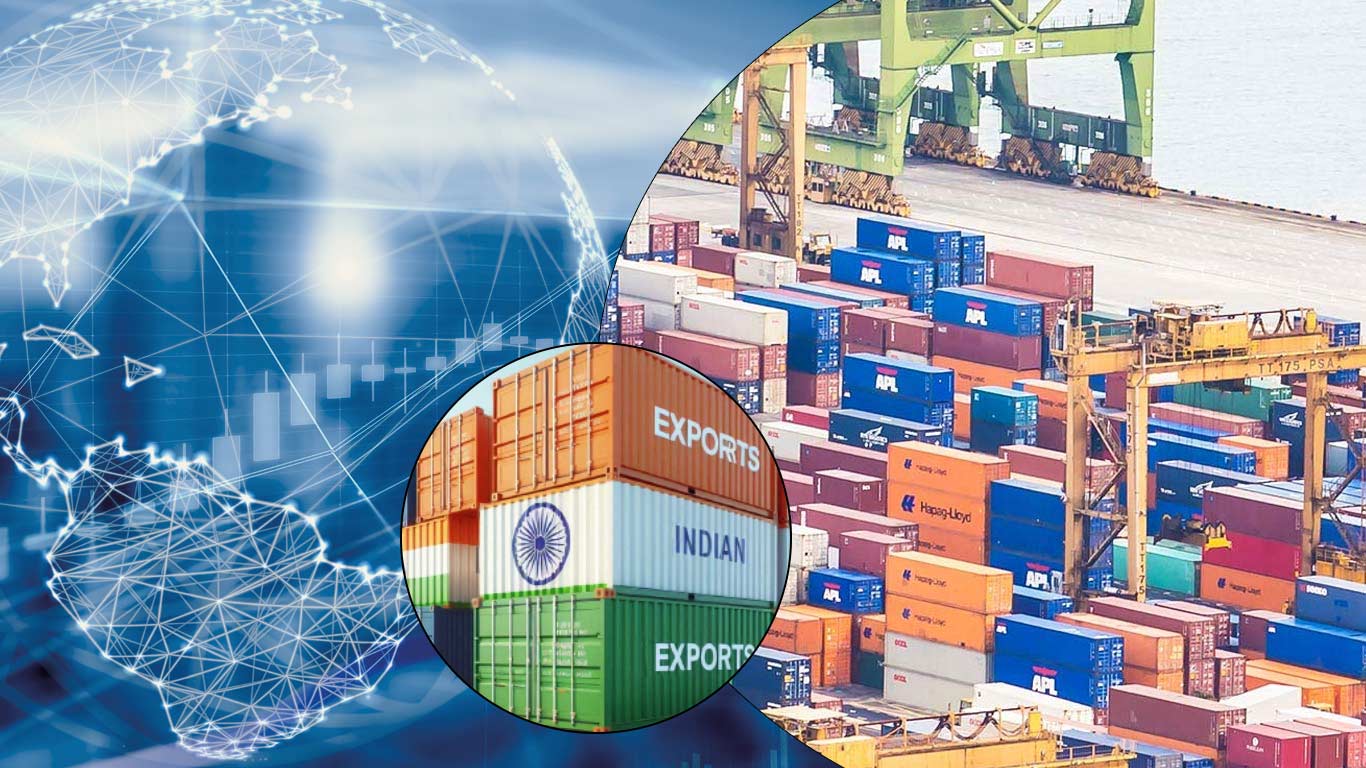
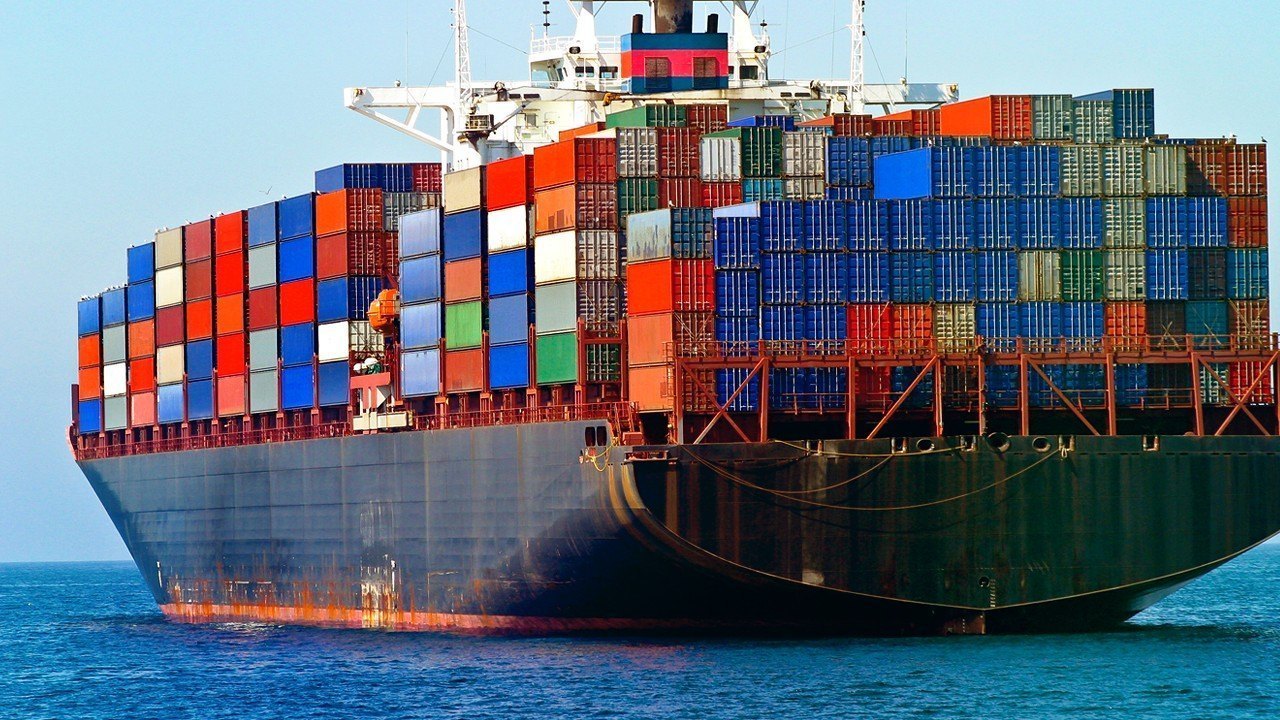
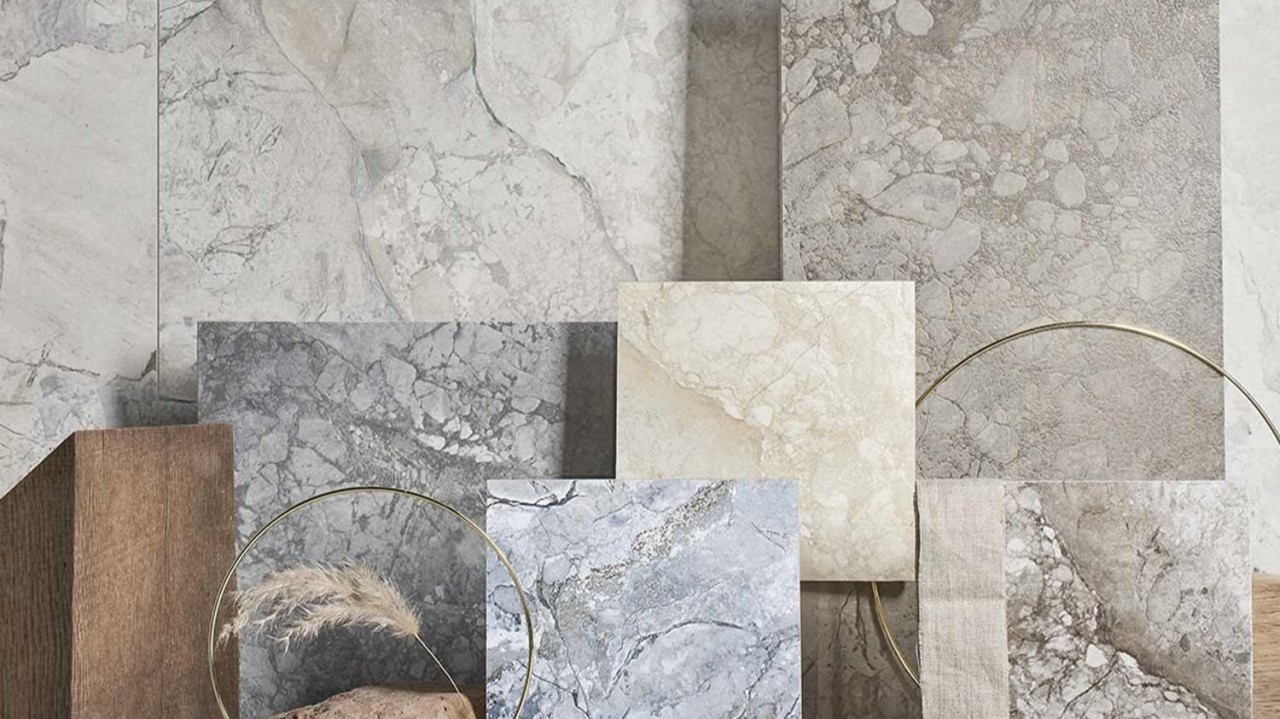
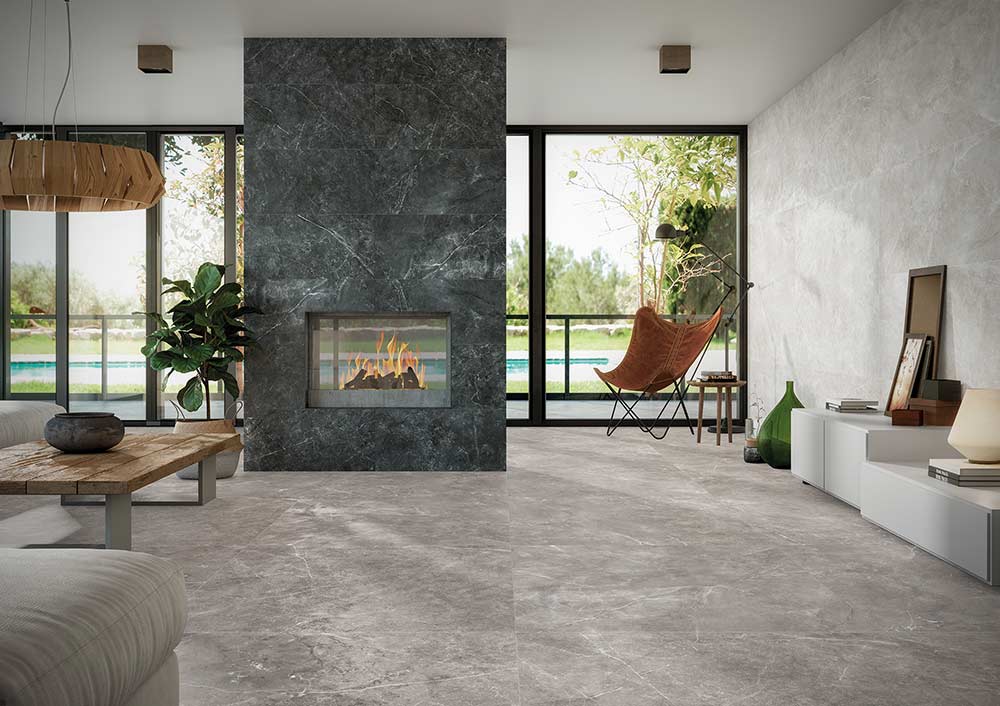
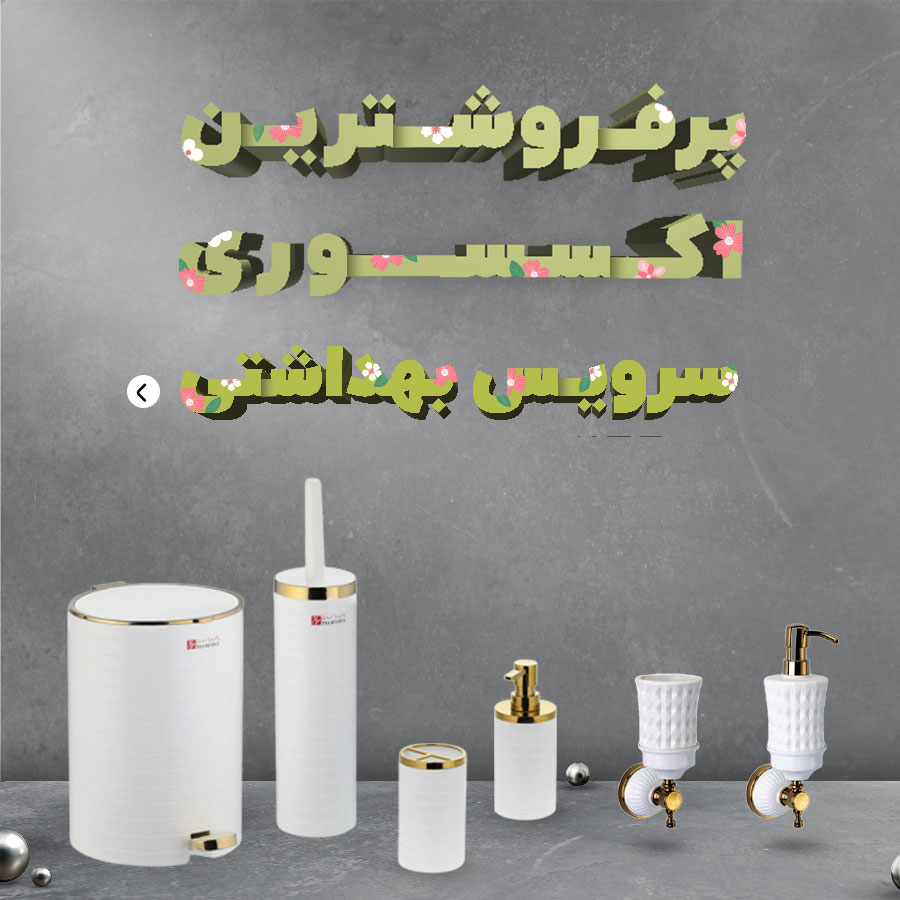

نظرات ۰